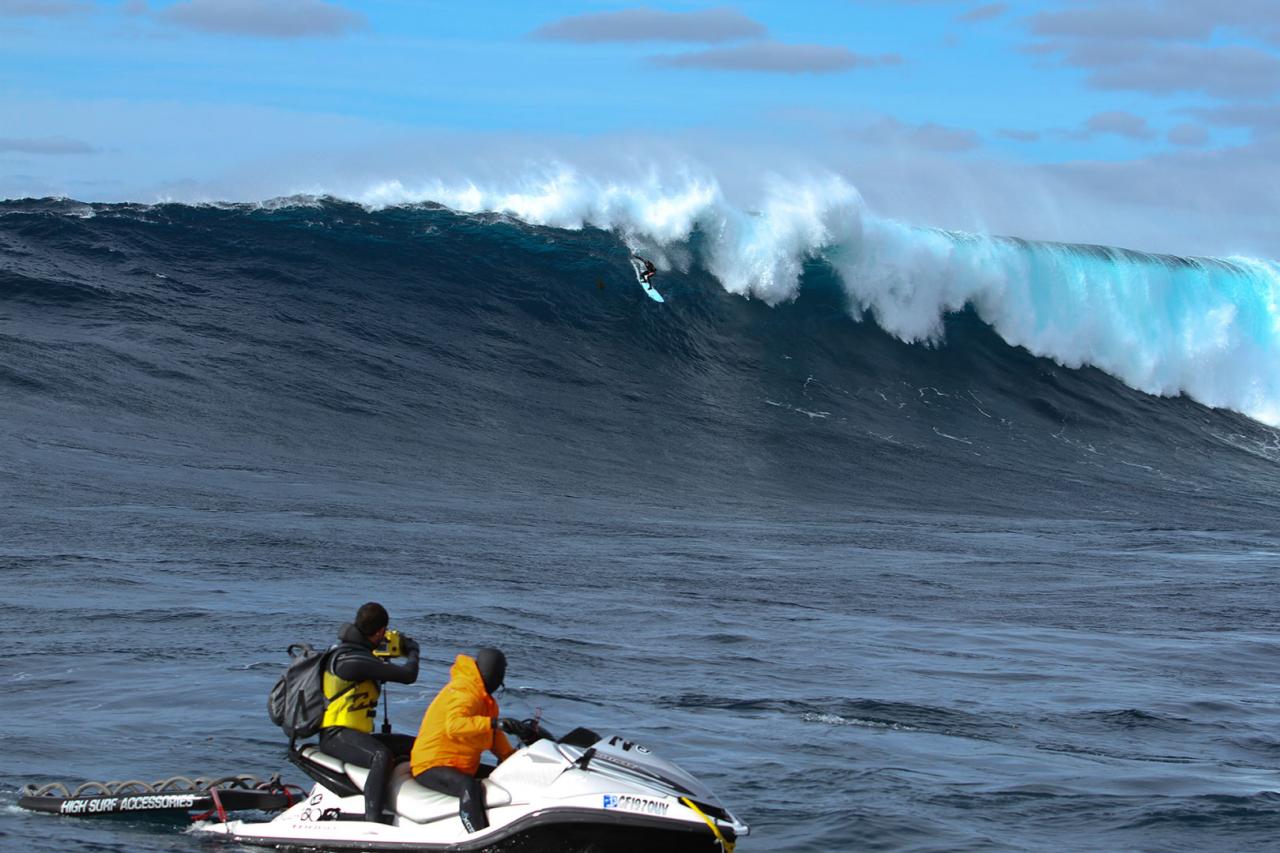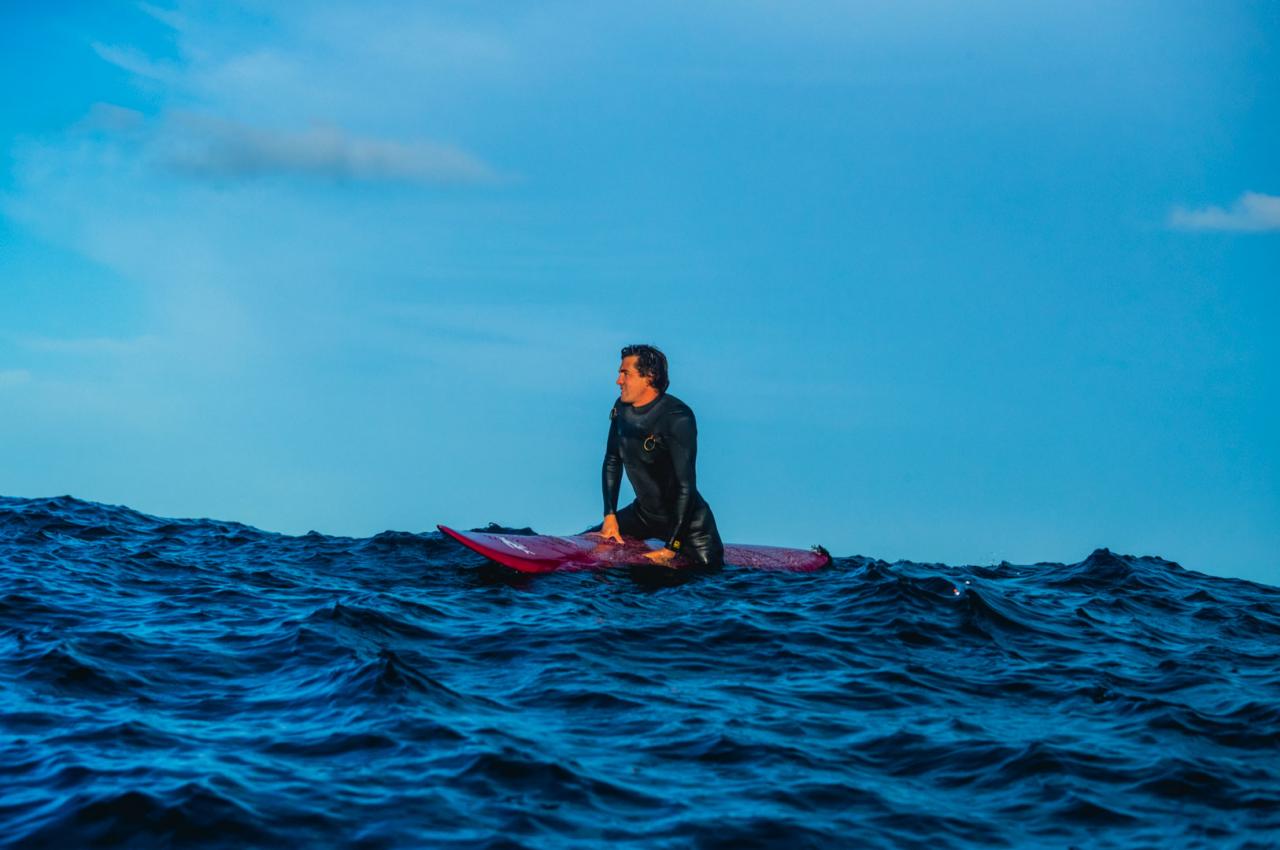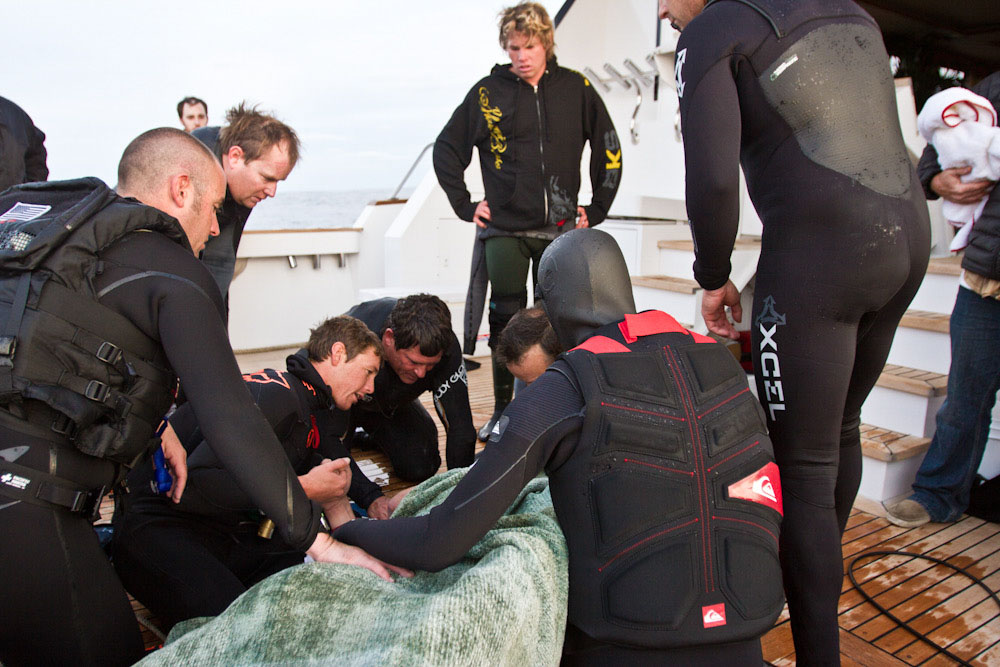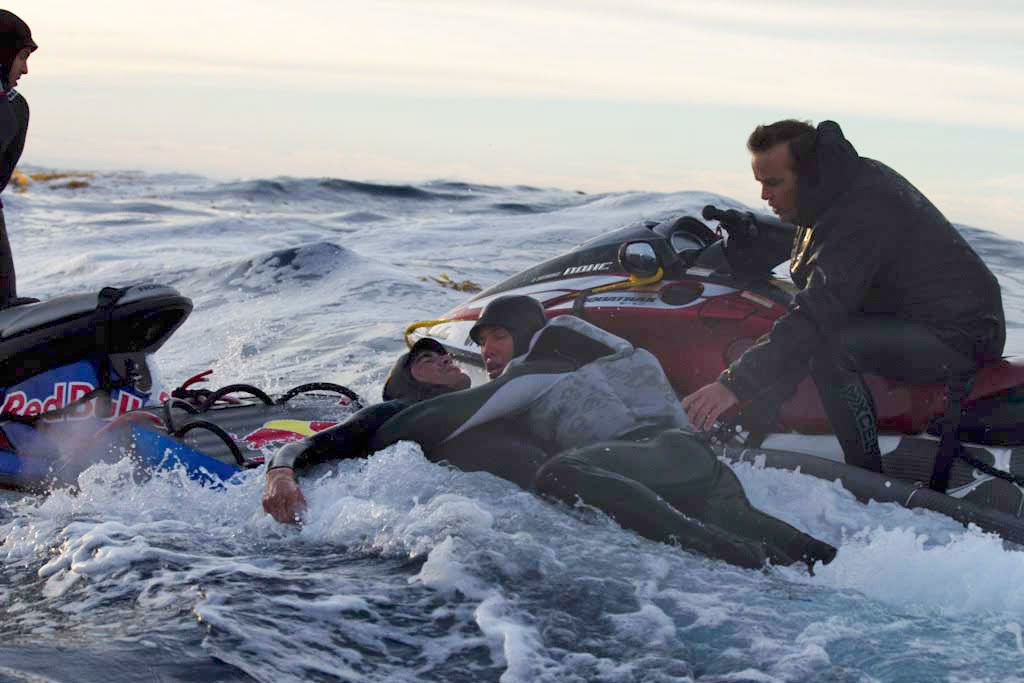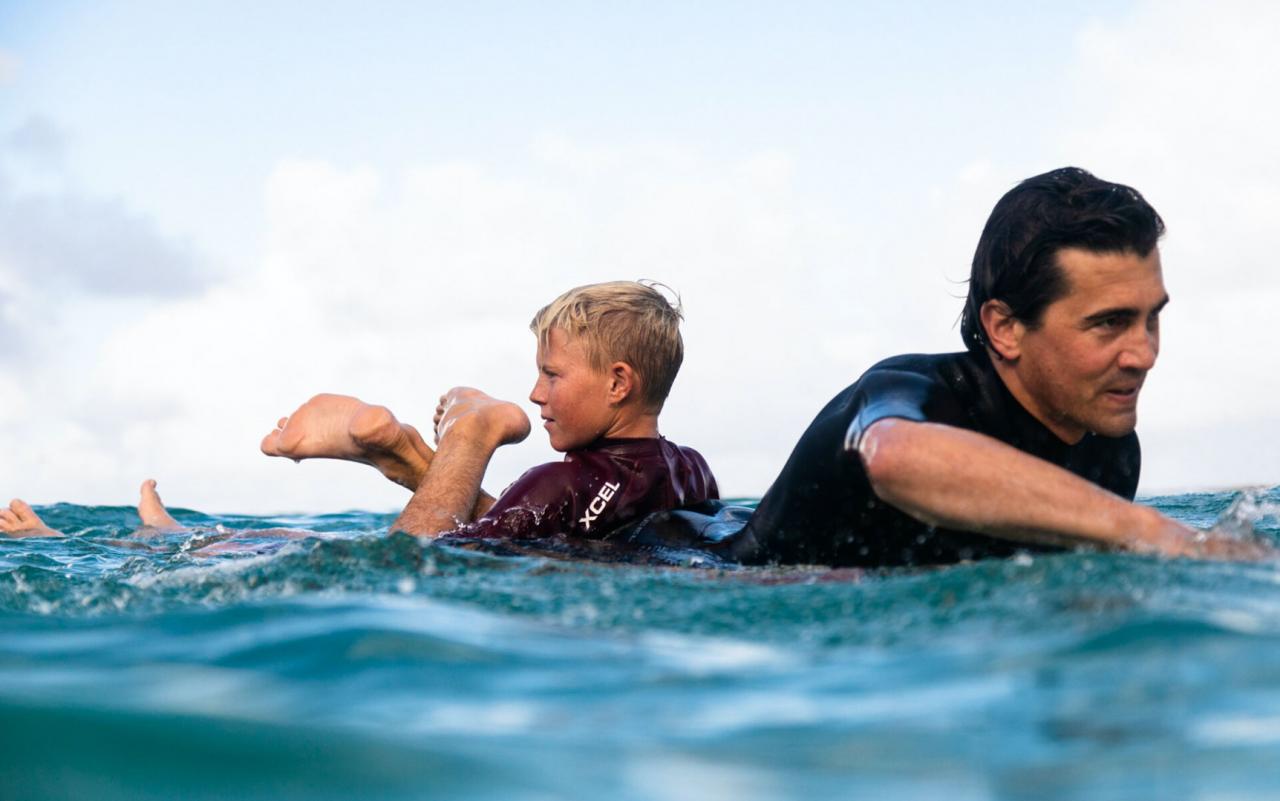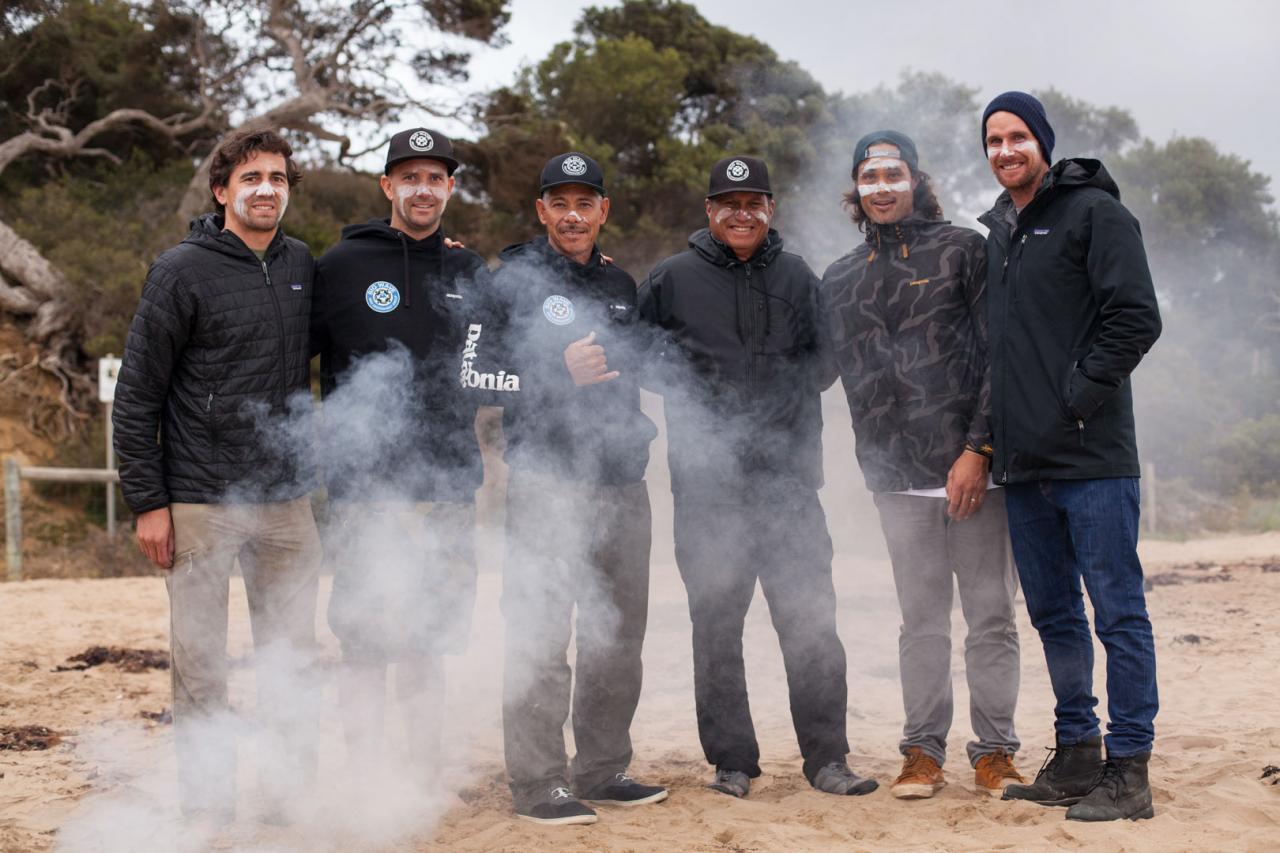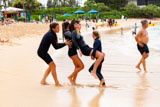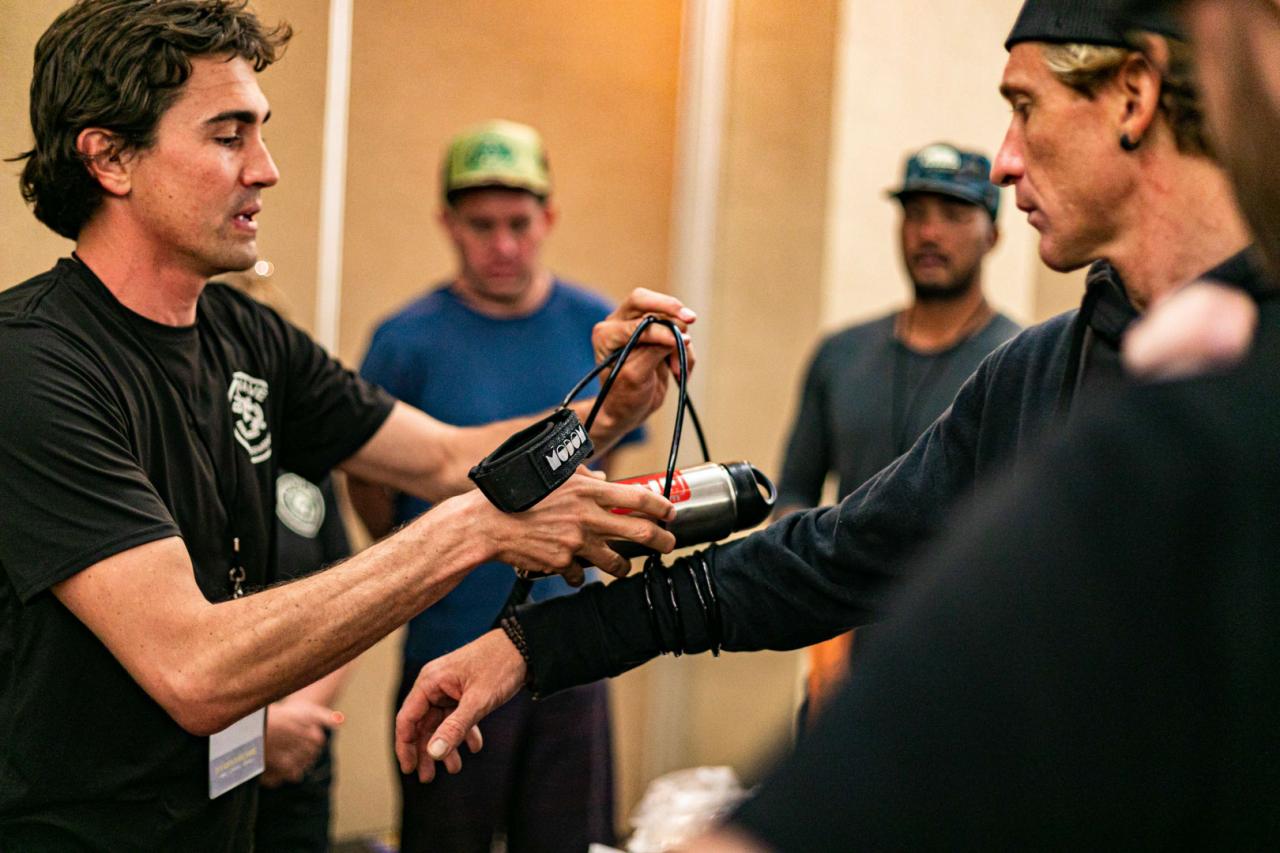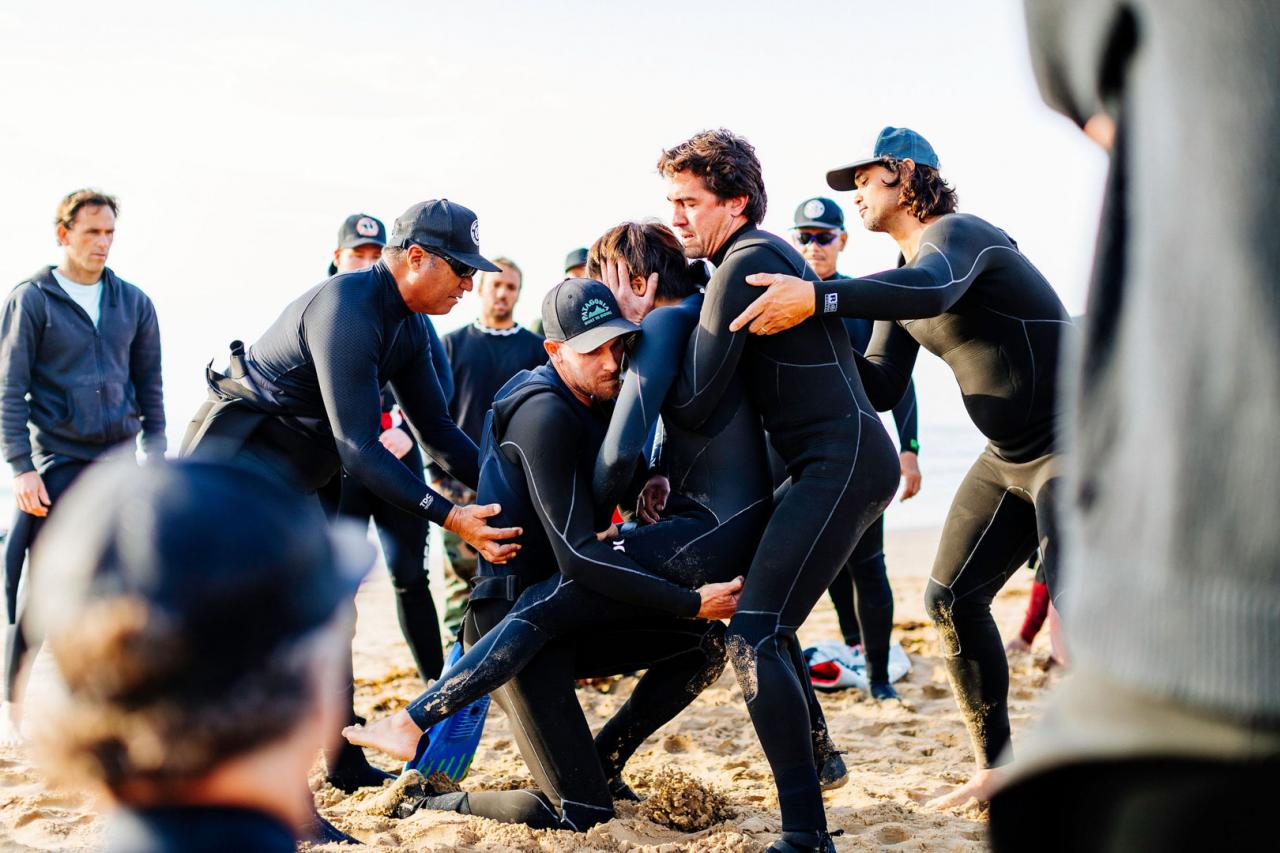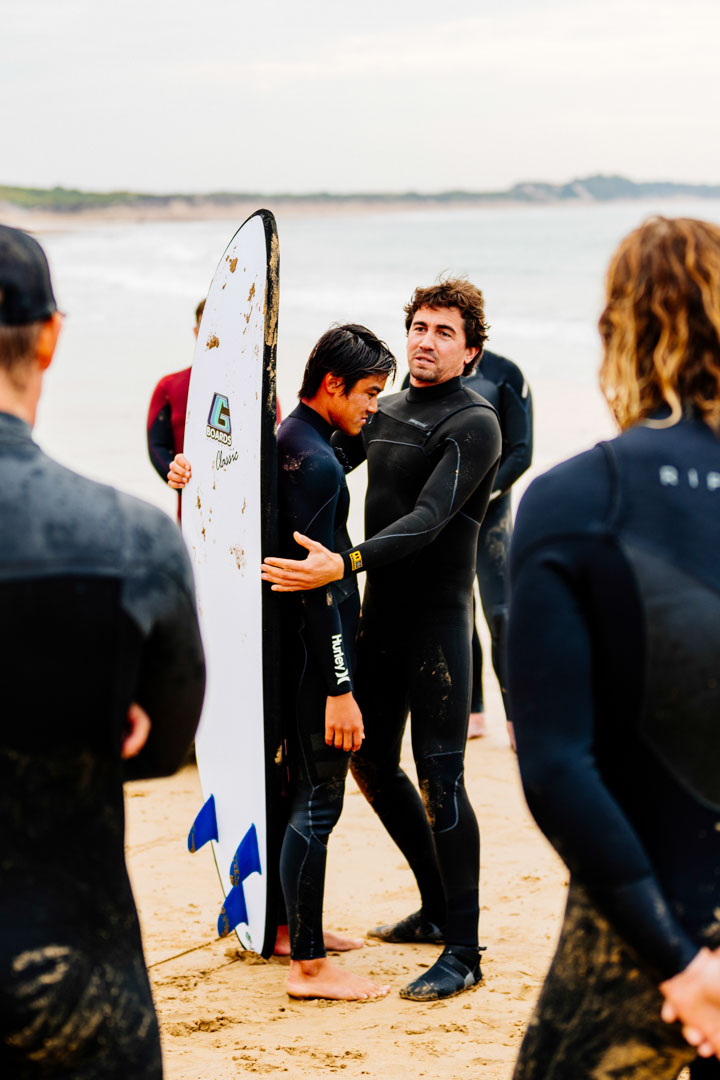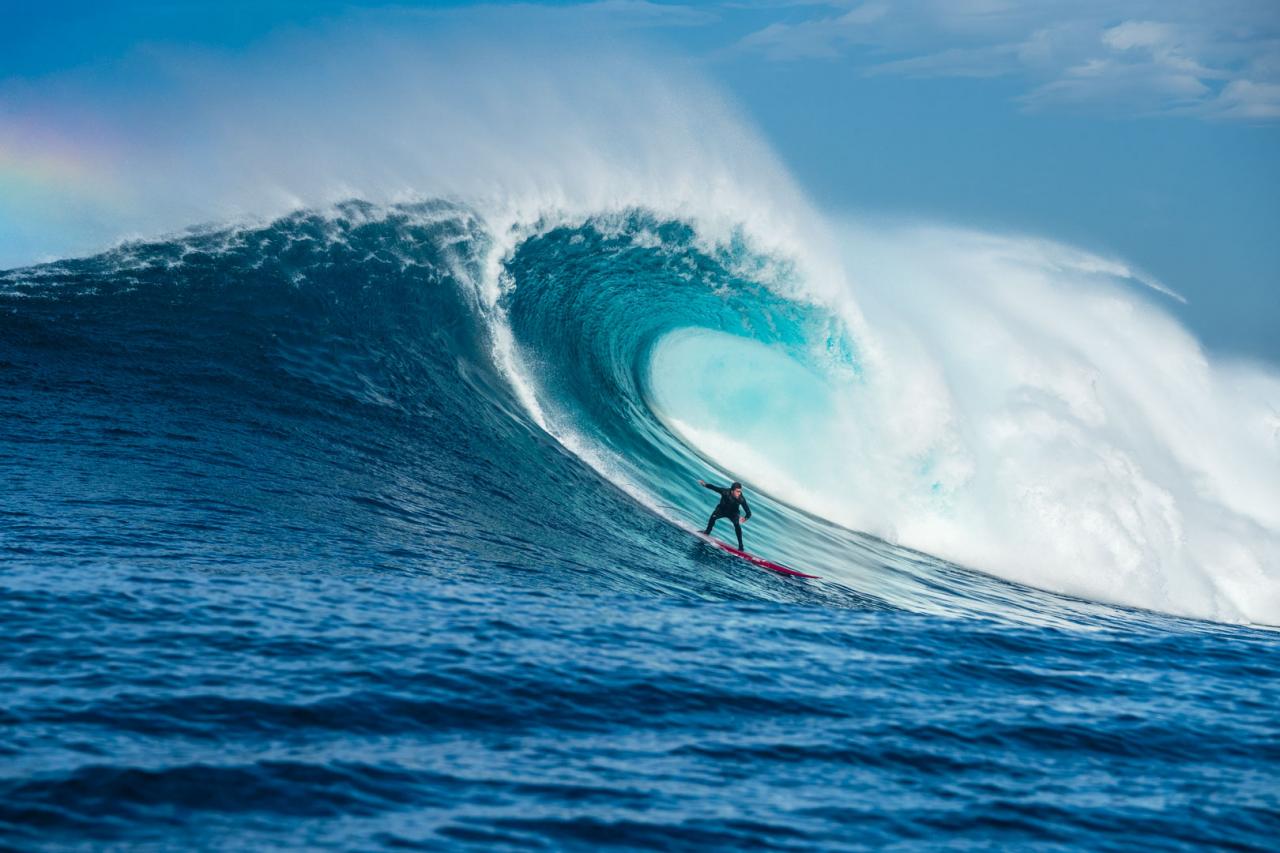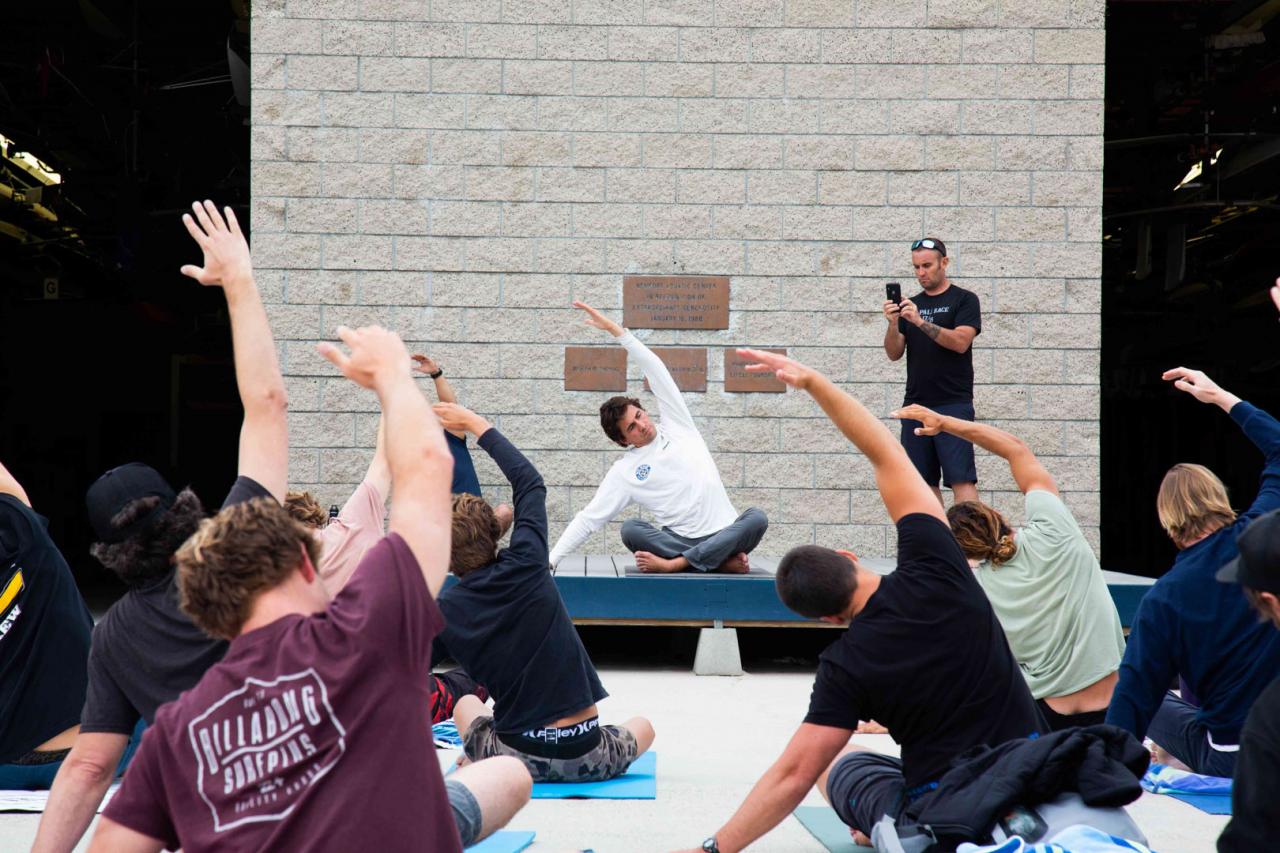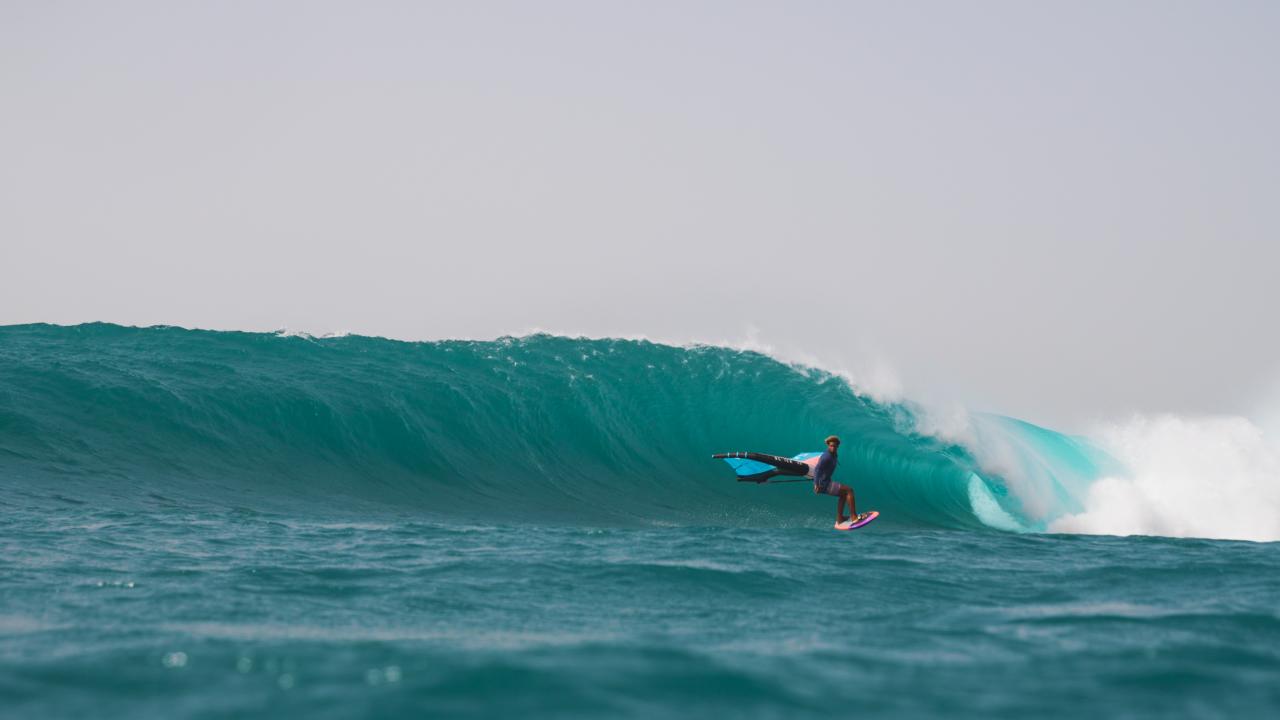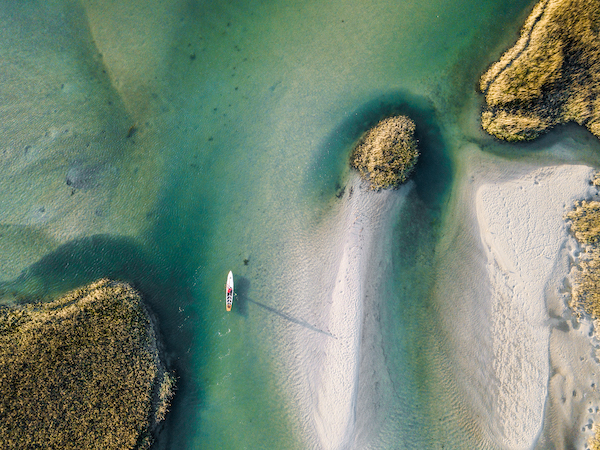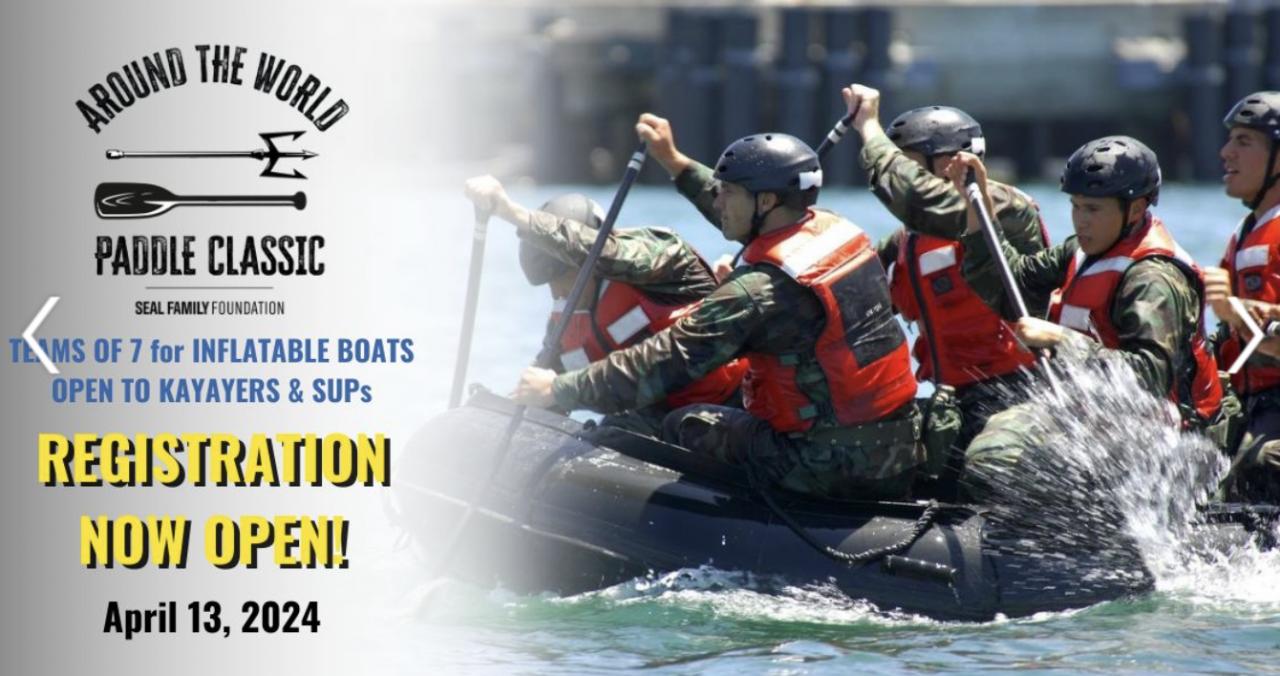Consciousness adrift, my body was pulled onto the deck of the boat and rolled to the side into a recovery position. Behind shut eyes, suspended in a sense of euphoria, soft, distant voices called my name but the words were inaudible. Seconds passed, the voices grew louder and more insistent, until I could sense they were right above me. A curtain was drawn and a theatrical nightmare began.
“Wake up Greg! C’mon Greg! Breathe! Breathe!”
Memories of the previous 24 hours flashed through my mind - of hearing the giant forecasted swell, loading the boat, making the overnight 100-mile open ocean trek to the Cortes Bank. I remembered paddling out, a wave, and a wipeout, my lungs burning, diaphragm convulsing, and then, that dreamlike euphoria. I immediately knew what had happened. It was December 12, 2012. Ironically, the Mayan calendar would run out leading some to believe that the world was going to end. Mine almost did.
“Deep breaths, Greg!”
I was trying, but every attempt to inhale was met with an involuntary convulsion. It was my body’s strenuous effort to expel the water, blood, and fluid that had filled my lungs. Somewhere between the respiratory tug-o-war, I managed to force the question, “Who got to me first?”
I was given an expedited summary of the events that transpired after I lost consciousness during my wipeout. Had it not been for my safety team working in perfect coordination to rescue me, I would have drowned.
I noticed an unfamiliar face among them. A younger guy, solid frame, with short buzzed hair and a large medical bag. He knelt by my side to quickly evaluate my condition before dashing off to the wheelhouse to speak to the captain and help organize my emergency Coast Guard evacuation. His name was Jonathan Hoover, a rescue boat operator for the Oceanside Harbor Patrol who had been hired to run safety and look after another group of surfers. Our interactions were short, but his confidence was noticeable and I was grateful for his presence. Five hours later, under the cover of darkness, the Coast Guard helicopter arrived and airlifted me to San Diego, California, where I was monitored in the hospital for twenty-four hours before being discharged. Other than heavily bruised lungs and a full spectrum of body aches and pains from the horrendous wipeout, I was okay.
My father was a career lifeguard, and he did his best to instill every bit of ocean wisdom and safety that he could into my young, surf-stoked mind. The lifetime’s worth of knowledge that he gifted me ultimately became the foundation of my ocean loving existence and helped propel me on my path to become a professional big wave surfer.
“Think through worst case scenarios,” he would often say. I took the advice seriously.
Within the big wave surfing community I had a reputation for being what I thought was “prepared” with a basic safety plan and equipment, should an accident occur. In hindsight, this recognition could be equated to being voted best dressed at a clown convention. The level of attention I was putting towards safety was still laughable.
Eventually, our passion-driven comedy act turned into tragedy. In 2010 and 2011 the surfing community lost two amazing men, Noel Robinson in Puerto Escondido, Mexico, and Sion Milosky at Mavericks in Northern California.
If we’d had water safety and proper communication in the lineup during either event, both deaths could have been avoided. Noel was one of my closest friends. I was mere feet away from him when he took off on his final ride. I was the first to be notified by the lifeguards on the jet-ski when they didn’t see him surface from a wipeout, and I was the first to dive into the impact zone to search for his body.
Trying to recover an unconscious body underwater in the thick of a twenty five foot beach break is a near impossible task, and it sadly took the collective efforts of many surfers and local lifeguards too long before we did.
Both Noel and Sion’s passing shook me and the big wave surfing community to its core, leaving most of us to question our foolhardy big wave antics. It was apparent that the sport of big wave surfing was evolving more quickly than the safety and rescue protocols needed to mitigate the risks we were taking. We had been pushing each other to the edge of a cliff and it was only a matter of time before somebody fell off the edge. To continue on with the same cavalier approach, knowing more tragedy lay ahead, was unacceptable.
In 2011, in response to Sion’s passing. the Big Wave Risk Assessment Group (BWRAG) was founded by Kohl Christenson and Danilo Cuoto. Under the mentorship of legendary Hawaiian lifeguard and waterman Brian Keulana, the initiative was a significant milestone in the world of water safety and big wave surfing. The aim was to organize comprehensive training initiatives in ocean risk management, and to produce guidelines and strategies to help minimize the potential dangers in all sizes of waves, in order to create safer environments for surfers worldwide. BWRAG Summits quickly evolved into comprehensive trainings in ocean risk management, including case scenario analysis, emergency action planning, mindful breathing, apnea training, CPR and AED training and open-ocean first responder and jet-ski rescue training. They are intense two-day training sessions designed for surfers and ocean goers of all skill levels and recreational backgrounds, teaching one how to be a Surf Responder: an ocean athlete who not only knows how to mitigate their own personal risk, but who can also step in and serve as an asset to others in an emergency situation should they encounter one. Slowly, safety became the top priority of every big wave session, and thoughtfully structured safety systems became the status quo within our core group of friends. We trained diligently in every discipline that Keulana had taught us, and as a result our big wave confidence levels escalated exponentially. Our collective training was put to the ultimate test on December 12, 2012 during that ill fated expedition to the Cortes Bank. Had it not been for the diligent attention put towards cultivating safer surfing practices, I would not be alive to pen this article today.
To date, the BWRAG organization and its team of international instructors have trained thousands of ocean enthusiasts and stands as a beacon of safety and responsibility across all ocean recreation communities. We have come a long way since the early days of cavalier big wave bravado. As a passionate advocate for ocean safety, I am proud to have been part of the journey, and invite everyone who spends time in or around the ocean to seek some form of ocean safety education. One day, a life may be saved with it, and it could very well be your own.

